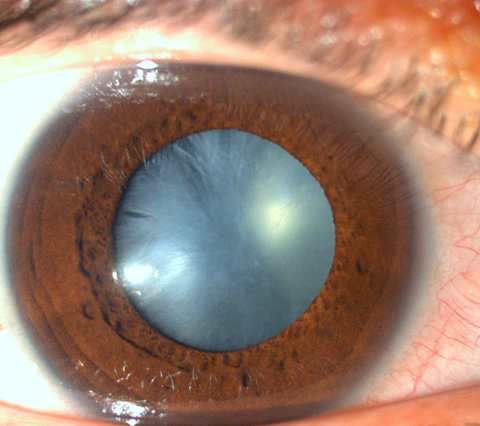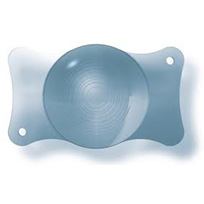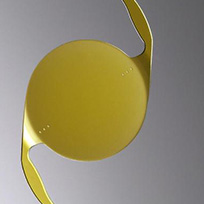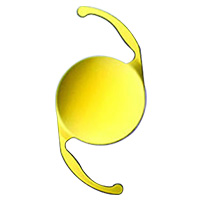Cataracts Surgery
 Cataract surgery with phacoemulsification plus monofocal and multifocal intraocular lens implants.
Cataract surgery with phacoemulsification plus monofocal and multifocal intraocular lens implants.
Cataract surgery by phacoemulsification with an intraocular lens implant has been perfected over the years and is now considered a highly successful procedure that can be classified into two groups:
- Phaco-refractive surgery consists of operating on the lens (natural lens) in patients older than 50 who do not yet have a cataract, but want to correct their presbyopia and refractive hyperopic defect. The lens is replaced with a multifocal lens that allows the patient to see from near and far without depending on glasses. This surgery requires patients to have a healthy macula, no glaucoma (high eye pressure), and an adequate phycological profile. These lenses allow patients to fully gain their close-range eyesight, but they slightly decrease the sharpness of distant vision and some optical phenomena like halos can appear at night that usually disappears over time due to neuroadaptation. In general, millions of patients all over the world have been operated on with these lenses with excellent results and, in a low percentage, some have difficulties and intolerance to this type of lens wide range of surgical procedures, which is why a meticulous preoperative assessment is required.
- Cataract surgery aims to restore normal eyesight from a distance, so the cataract can be replaced by a monofocal lens that allows the patient to have good long-range eyesight, although the patient will require glasses to see up close. If the patient wishes to not need glasses to see close-up and meets the requirements mentioned for multifocal lenses, they could also benefit from the latter. Also, there are monofocal and bifocal toric lenses for this procedure, which allow us to correct the cataract and astigmatism achieve excellent results. The standard technique of cataract by phacoemulsification with ultrasound is the current technique of choice. It is performed by making very small incisions that usually don't require sutures. The cataract extraction of the cataract procedure can be combined with a femtosecond laser, but the current consensus is that does not improve the final visual results, and it increases the costs of the procedure for the patient. In the future, it is probable that the refinement of this femtosecond laser technology could significantly contribute to a safer surgery.






